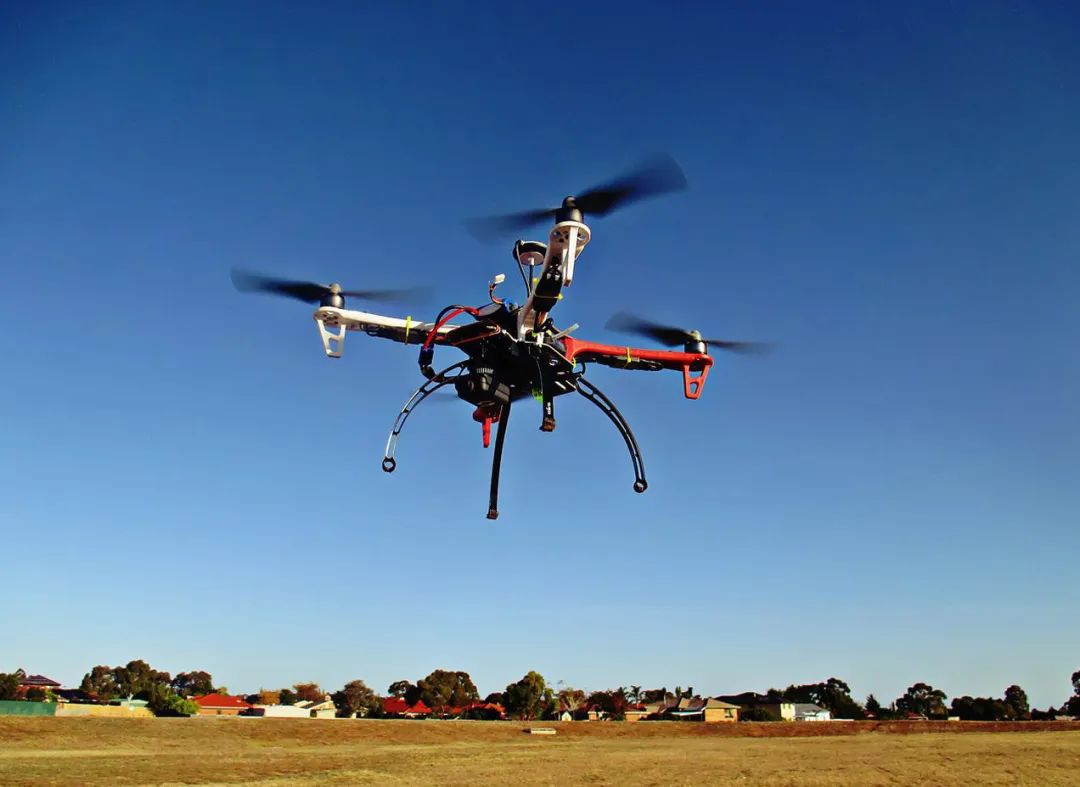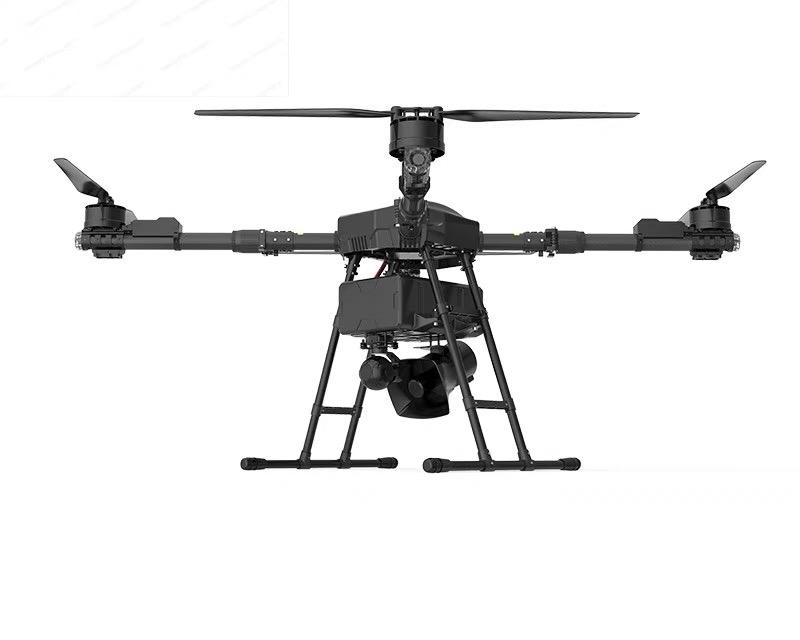In today’s rapidly advancing world, surveillance techniques are evolving at an unprecedented pace. A notable addition to this evolution is the emergence of drones equipped with thermal cameras. These vehicles offer a unique vision, capable of capturing infrared radiation to create images based on temperature differences. The technology behind drones with thermal camera systems has revolutionized the way industries handle tasks ranging from security monitoring to wildlife conservation.

How Drones Enhance Surveillance Capabilities
With the integration of thermal cameras, drones provide unparalleled abilities to detect and monitor otherwise invisible elements. Whether it’s identifying heat leaks in buildings or tracking the subtle movements of nocturnal animals, these devices excel in areas where conventional surveillance tools fall short. Drones equipped with thermal sensors can see through darkness and inclement weather, offering a reliable solution for observing environments around the clock.
A Peek into Thermal Camera Mechanism
Thermal cameras function by detecting the heat emitted by objects. Unlike standard cameras that capture visible light, thermal sensors are sensitive to infrared radiation. This allows the drones to generate images where colors represent temperature variations, providing a detailed heat map of the surveyed area. Such precision is particularly useful for applications like firefighting operations and energy audits, where understanding temperature distribution is crucial.
Applications Across Various Industries
In the realm of security, drones with thermal cameras can surveil large territories effectively, identifying potential threats by their heat signatures. Law enforcement utilizes these drones for crowd monitoring and search operations, enhancing public safety measures. The agricultural sector benefits enormously; farmers employ them to monitor plant health, water stress, and pest infestations, optimizing crop yield and reducing resource wastage.
Beyond their technical capabilities, drones symbolize a shift towards proactive monitoring, where potential issues are identified before escalation.

Wildlife conservationists use thermal drones to track animal movements without disturbing their natural behavior, providing invaluable insights into species’ habitats. Similarly, these drones monitor protected areas to prevent illegal poaching activities, helping conserve endangered species.
The Rise of Smart Technology Integration
The fusion of thermal imaging with smart technology further amplifies drone functionality. Advanced software models now incorporate AI, enabling drones with thermal camera systems to analyze temperature data autonomously. This self-regulation equips drones for tasks like environmental monitoring, where they can identify unusual temperature patterns signaling ecological imbalances or pollution.
Factors to Consider When Selecting a Thermal Drone
Investing in a drone equipped with thermal imaging necessitates careful consideration of several factors. Resolution and sensitivity define the clarity and accuracy of thermal images. Flight time and range impact operational scope, influencing how expansively a drone can survey an area. Moreover, software compatibility determines the ease of integration into existing systems and the ability for real-time data management.
Future Prospects: Innovations on the Horizon
The advancements in drone thermal technology are relentless. Upcoming developments could see miniaturization of cameras, making drones even more agile. Enhanced battery life promises longer missions, and real-time streaming capabilities may soon allow instant analysis and response. Companies continue to explore new applications, potentially opening up avenues in fields like archaeology and urban planning.
FAQs About Thermal Drones
- How does weather affect drones with thermal cameras?
- While weather can impact drone performance, thermal cameras can see through rain, fog, and darkness, making them ideal for diverse conditions.
- Can drones with thermal sensors aid in search and rescue missions?
- Yes, these drones can detect body heat, making them invaluable in locating missing persons across challenging terrains.
- What is the cost factor for thermal drones?
- Prices vary based on features. Entry-level models offer basic thermal imaging, while advanced drones with AI integration possess higher price tags.
Exploring drones equipped with thermal camera systems unveils a wide range of possibilities, paving the way for smarter, safer, and more efficient surveillance solutions.